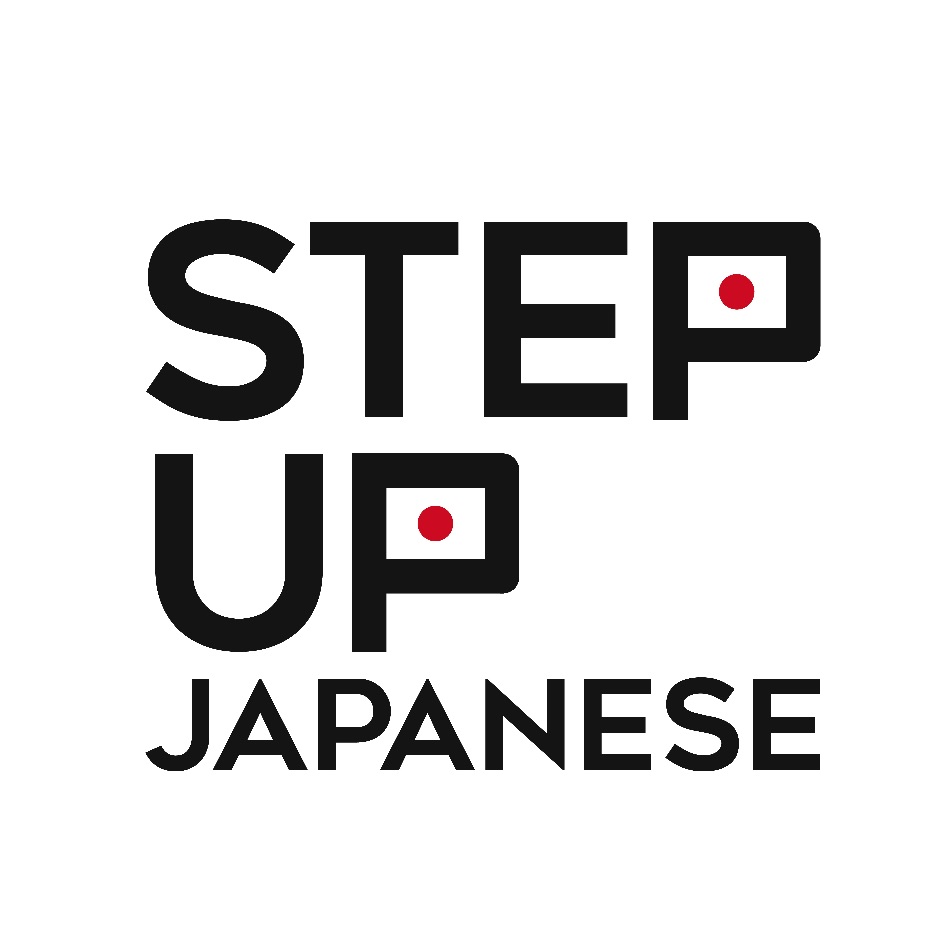Walking the Shikoku 88 Pilgrimage (Part 5) - Signs of Shikoku

"Gambatte kudasai"
is sort of untranslatable but also extremely translatable. (The best kind of Japanese phrase!)
Gambatte kudasai
means
"do your best!"
or
"go for it!"
When I started learning Japanese at university in 2008, my classmates and I thought the phrase
gambatte kudasai
was quite funny for some reason. So when we had to write a short dialogue about a holiday and commit it to memory as part of a speaking test, my partner and I shoehorned in a bunch of "
gambatte kudasai"s.
My partner showed our work to his (Japanese) mum, who sent it back covered in red corrections and with all our "
gambatte kudasai
"s crossed out. Apparently they didn't work in context.
The problem is, I knew that
gambatte kudasai
means "try your best", but I didn't know it sounds weird if you're talking about buying a plane ticket...
I heard lots of "
gambatte kudasai"
walking the first leg of the Shikoku 88 pilgrimage this spring. It was written everywhere too - in fact there were lots of interesting signs.
The pilgrimage trail is pretty well marked. Signage is consistently spaced, and in many places there's a way-marker every 100 metres.
But it's also endearingly inconsistent in design - on some stretches every sign is different, and many are handmade.
There are these little
aruki-henro
(歩き遍路
;
walking pilgrims) to mark the way:

Red is the dominant colour - sometimes just a red arrow, like this stone below. Actually, there's kanji (Chinese characters) carved into the stone too, but it's difficult to see:

Some signs are in English as well as Japanese, although this was less common:

Some show you which way to turn at an upcoming junction. This took a bit of getting used to, but was very useful. Even in rural areas, I didn't get lost once.

Sometimes, the signs just said 道しるべ (
michi-shirube;
guidepost).
Note that many of these handwritten signs are in vertical text, and from right to left:

This next sign packs a lot of meaning into a few kanji characters:
空海
kūkai
(aka Kōbō Daishi, the Buddhist monk in whose footsteps pilgrims walk)
遍路道
henro michi
(pilgrimage trail)
同行二人
dougyou ni-nin
("two people going together" - the idea that the walking pilgrim is never alone, as Kōbō Daishi is walking with you)

The tough parts of the trail are called
henro korogashi
(遍路ころがし; "the place where the pilgrim falls down").
This bit of
henro korogashi
had even more signposts throughout, so you know how far you have left to go. There's a 1/6 sign to let you know when you are one-sixth of the way through; then 2/6 for two-sixths, and so on.
This picture was taken just before the last stretch, when I was a bit tired:

And of course there are plenty of little signs saying がんばって下さい
gambatte kudasai
(
"keep going!"
.
This made me smile, and was genuinely quite encouraging.

We all need a bit of encouragement sometimes!
Related posts:
Walking the Shikoku 88 Pilgrimage (Part 1) - Plan, plan, plan!
Walking the Shikoku 88 Pilgrimage (Part 2) - The Best First Day in Japan
Walking the Shikoku 88 Pilgrimage (Part 3) - What To Wear
Walking the Shikoku 88 Pilgrimage (Part 4) - How to Talk to Strangers in Japanese
P.S.
If you can't read Japanese, but you want to recognise common signs and notices before your holiday to Japan, you should check out my new
Survival Japanese for Beginners
-
, it starts Thursday 26th July in central Brighton.
Or if you do read Japanese but want to get better, join us for
- a summer course in learning Japanese by reading lots of easy books.
